Tuscany
Your First Taste of Tuscany: Essential Guide to Italy’s Heartland
Tuscany’s Bar Culture: More Than Coffee — A Gastronomic, Social & Historical Journey Through Italy’s Most Beloved Neighborhood Hubs
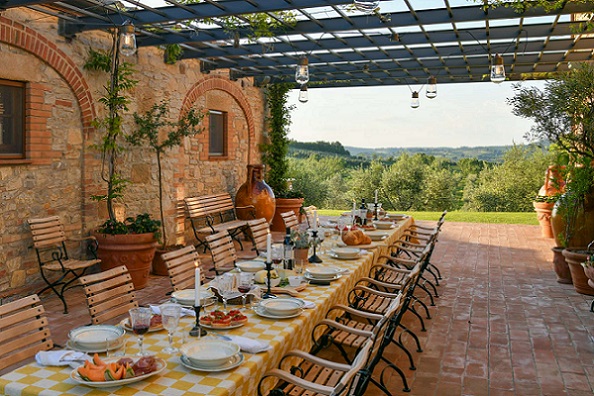
Introduction:The Heartbeat of Tuscany Beats Behind the Bar Counter
Imagine this: a sun-drenched hilltop town in Tuscany, its ancient red-brick walls glowing amber in the late afternoon light.
Cobbled streets twist like ribbons around medieval fortifications. Shutters are closed. Silence hangs heavy, it’s riposo, the sacred midday siesta. But then… a soft hiss of steam. The rhythmic clink of porcelain cups. The rich, nutty aroma of freshly ground espresso drifting through an open door.
You step inside.
And suddenly, you’re not just in a bar.
You’re in the living room of the village.
Welcome to Tuscany’s bar culture, where coffee is religion, sandwiches are art, and the barista is both priest and poet.
This is not a pub. Not a café in the Anglo-American sense. This is something far deeper, older, and more delicious: an institution woven into the very fabric of Italian life since the 19th century.
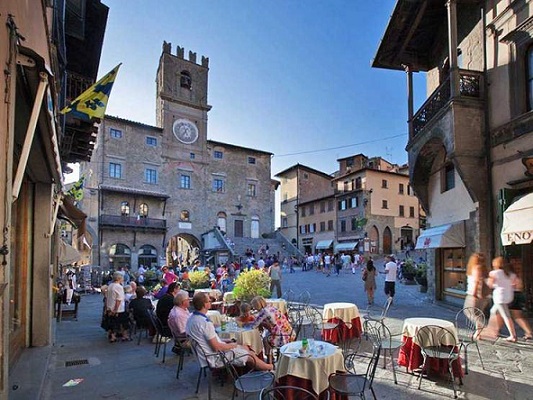
Chapter 1: What Is an “Italian Bar”? (And Why It’s Not What You Think)
Let’s clear up a major misconception right away:
❌ An Italian bar is NOT primarily about alcohol.
✅ It’s about coffee, community, and quick, quality bites.
In Italy, the word bar doesn’t mean “pub” or “liquor lounge.” It means the place where you start your day, take your break, meet friends, and grab lunch on the go, all for under €5.
The bar is where:
- Grandmas sip cappuccino with a brioche at 8 a.m.
- Teenagers study after school with a gelato.
- Workers rush in for a quick espresso before returning to their desks.
- Tourists stand bewildered, asking for “a latte” — only to be gently corrected: “We don’t serve ‘latte’ here. We serve caffè latte. And you can’t have cappuccino after 11 a.m.”
Yes, you read that correctly.
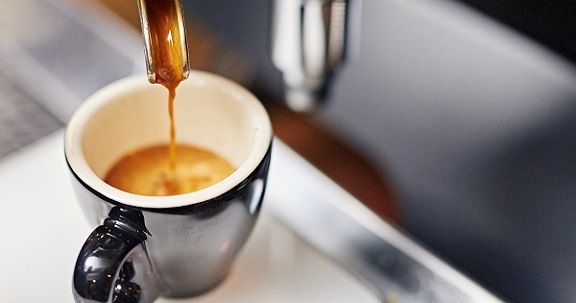
Historical Fact: The Birth of the Italian Bar
The modern Italian bar traces its roots to 1860s Turin, when the first espresso machines were invented. By the 1920s, bars had spread across Italy as hubs of social life. During Fascism, they became political meeting points, places where gossip, news, and dissent flowed as freely as the coffee. After WWII, they evolved into democratic sanctuaries: open to all classes, genders, and ages.
By the 1970s, Tuscan towns like Siena, Lucca, and San Gimignano had perfected the formula: coffee + pastry + panino + conversation = daily ritual.
Fun Fact: The Espresso Machine That Changed the World
The first commercial espresso machine was patented by Luigi Bezzera in Milan in 1901. He designed it to reduce brewing time from minutes to seconds, so factory workers could get their caffeine fix during short breaks. Today, every Tuscan bar still uses variations of his original principle. In fact, the Moka pot, the stovetop coffee maker beloved in homes, was invented by Alfonso Bialetti in 1933. You’ll find one in almost every nonna’s kitchen.
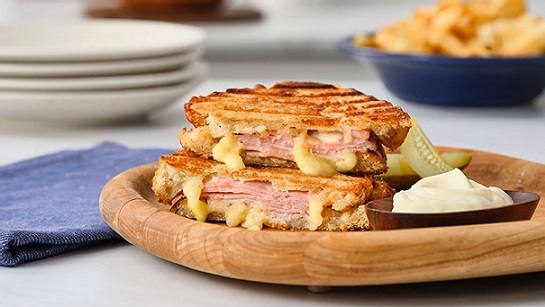
Chapter 2: The Sacred Rituals of the Tuscan Bar
The morning in Tuscany begins not with a pause but with a ritual. Between seven and eleven, the bar comes alive with the soft hiss of steam wands and the crinkle of paper-wrapped brioche. Cappuccino is king, its froth resting gently atop dark espresso, paired with a buttery pastry still warm from the oven. This is the hour of slow beginnings, when the day is still tender and the air carries the scent of toasted bread and roasted beans. To drink anything else would be to miss the rhythm of the place.
Once the clock passes eleven, the rules shift as surely as the light. Cappuccino vanishes from the menu of propriety, not because it is unavailable, but because ordering one after this hour marks you as an outsider, perhaps even a child, or worse, a tourist clinging to habits that belong elsewhere. The barista’s silence speaks louder than any rebuke. Here, espresso reigns, pure and unadorned, or perhaps a macchiato, a whisper of foam on top, or an americano, diluted just enough to stretch the moment without diluting the soul. Milk belongs to mornings; by afternoon, it is a trespass.
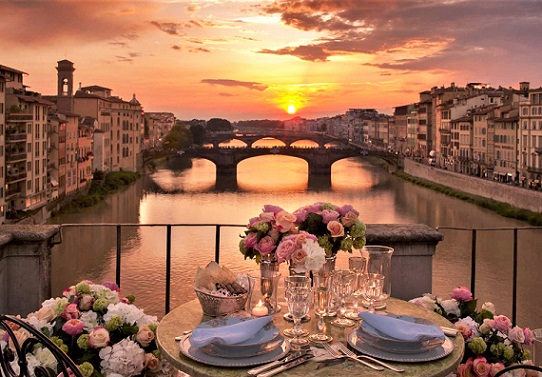
As the sun dips toward four, the bar transforms again. The espresso machine cools slightly, making way for the sharper notes of grappa poured into a shot of coffee, the caffè corretto, a boozy punctuation to the afternoon. Alongside it, the spritz glows ruby or gold in its glass, effervescent and faintly bitter, while gelato, cool and creamy, becomes a quiet indulgence rather than a dessert. To order a cappuccino now would invite not just raised eyebrows but the kind of look that lingers, as if you’ve interrupted a private conversation.
After dinner, the bar settles into its most sacred mode. Coffee, once the herald of mornings, is now an intrusion, too sharp, too awake. Instead, the ritual turns inward, toward digestivi: amaro, dark and herbal, its bitterness a balm; grappa, clear and fiery, a final warmth before sleep; limoncello, bright and sweet, like sunlight captured in glass. These are not drinks to hurry through. They are the closing lines of a long, well-spoken day. To order espresso here would be like reciting poetry in a library, technically possible, but profoundly out of tune.
Pro Tip: Ordering a “cappuccino after lunch” in Tuscany is like walking into a monastery and asking for a beer at vespers. You won’t be banned… but you might earn a raised eyebrow and a quiet sigh.
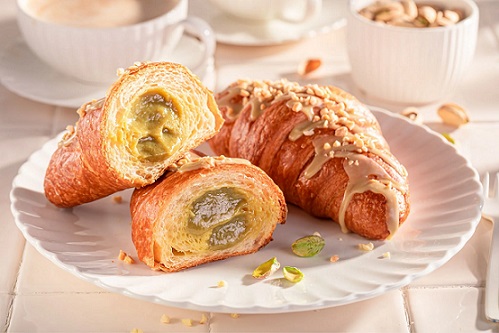
The Panino, Tramezzino & Pastry Pantheon
Forget fast food chains. Tuscan bars offer gourmet street food, crafted with love and local ingredients:
Tramezzini: Soft, crustless white bread triangles filled with tuna, mortadella, or arugula and ricotta. Often served chilled, wrapped in wax paper like edible jewels.
Panini: Grilled sandwiches pressed to perfection, prosciutto crudo, fig jam, stracciatella cheese, or wild boar ragù.
Cornetti: The Italian croissant. Lighter than French ones, often filled with custard (crema), chocolate, or Nutella. Best eaten warm.
Sfogliatelle: Flaky, shell-shaped pastries from southern Italy, sometimes found in upscale Tuscan bars — filled with ricotta and citrus.
Crostata: Rustic tart with seasonal fruit — apricot in summer, pear in autumn.
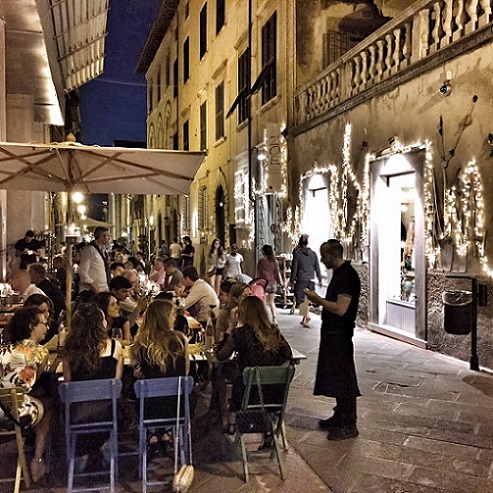
Legendary Bars of Tuscany: Where Food Becomes Legend
1. Bar Nannini – Siena
Located near Piazza del Campo, this institution has been serving tramezzini since 1932. Their signature? Tramezzino alla Siena: layers of mortadella, provolone, and wild fennel pesto, tucked between buttery bread. Locals wait 45 minutes to order. Yes, 45 minutes. Because they believe good things come to those who wait… and sip slowly.
2. Bar Bassa – Colle di Val d’Elsa
This unassuming bar in a sleepy hilltown serves a spinach-ricotta pie so legendary, it inspired a local folk song. “La Torta di Bassa” — flaky, creamy, fragrant with nutmeg, melts on the tongue like liquid silk. Pair it with their gelato al miele e rosmarino (honey-and-rosemary ice cream) and you’ll weep.
3. Bar Il Duomo – Siena (Via di Città)
Famous for its brioches baked fresh at 5 a.m. using organic flour from nearby Montalcino. One tourist reportedly ordered seven in a row. The barista didn’t blink. Just smiled. “Per la famiglia?” (“For the family?”)
4. Bar La Torre – Monteriggione
Perched beneath the medieval walls, this tiny bar makes panini with prosciutto carved tableside from a whole leg hanging behind the counter. Watch as the barman slices thin, translucent ribbons of ham , each piece glistening with fat, tender enough to dissolve without chewing.
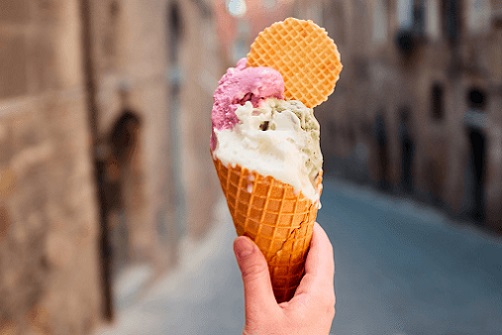
Chapter 3: Beyond Coffee — The Hidden Culinary Gems of Tuscan Bars
The Spritz Revolution
While espresso reigns supreme, Aperitivo, the pre-dinner drink ritual, is the secret weapon of Tuscan nightlife.
At sunset, bars transform. Tables spill onto sidewalks. People gather with Aperol Spritz (orange-bitter, fizzy, perfect), Campari Soda, or Negroni Sbagliato. Alongside, free snacks appear: olives, potato chips, mini sandwiches, even warm polenta squares. Some upscale bars offer full buffets, think cured meats, cheeses, roasted vegetables.
Fun Fact: The Aperol Spritz was invented in Padua in 1919, but it became a Tuscan obsession in the 2000s thanks to viral Instagram photos. Now, every bar in Tuscany has its own “signature spritz”, some with rosemary syrup, others with local vermouth or lavender bitters.
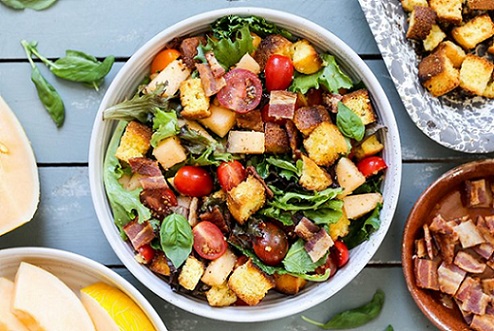
Gelato: The Dessert That Won the World
Don’t confuse gelato with American ice cream.
Gelato has less air (overrun <30%), higher milk content, lower fat, and is served slightly warmer.
- Tuscan bars make theirs daily — often with local honey, pistachios from Bronte, hazelnuts from Langhe, or figs from San Miniato.
- Look for gelato in metal tins, not neon piles. If it’s piled high and perfectly smooth? Probably frozen and shipped. Real gelato is textured, slightly grainy, and deeply flavorful.
Science Note: Gelato’s low overrun means more flavor per bite. One scoop of authentic Tuscan gelato contains the flavor intensity of two scoops of industrial ice cream.
The Unexpected Savory Delights
Some bars double as clandestine delis:
Focaccia con formaggio e noci (focaccia with pecorino and walnuts)
Panzanella (bread salad) served cold in jars — perfect for hot days
Bistecca alla Fiorentina sliders (yes, really — tiny grilled T-bones on rolls)
Lardo di Colonnata on toast — cured pork fat marbled with rosemary and pepper, melting like butter
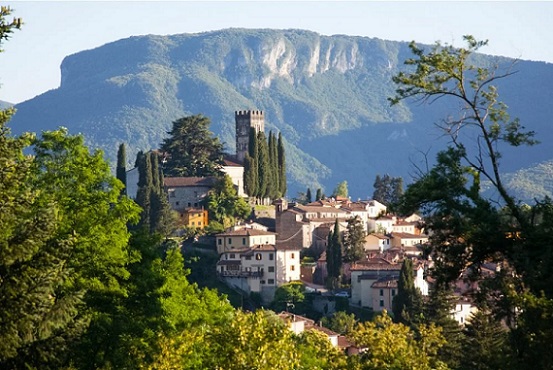
Chapter 4: Off the Beaten Track — 7 Secret Tuscan Bar Experiences
Most tourists stick to Florence and Siena. Here’s where the locals go:
1. Bar Il Cammino – Castiglion Fiorentino
Hidden in a forgotten alley, this bar serves “Caffè al Vino”, espresso poured over a splash of Chianti Classico. Sounds odd? Try it. It’s like drinking liquid velvet with a hint of oak. Locals swear it cures hangovers… and existential dread.
2. Bar del Borgo – Pitigliano (Southern Tuscany)
Perched atop a tufa cliff, this bar overlooks the “Little Jerusalem” of Tuscany. Their specialty? Crostini di Fegatini, chicken liver paté with Marsala wine and sage, served on toasted bread. Pair it with a glass of Vernaccia di San Gimignano. Sunset views included.
3. Bar La Vecchia Scuola – Volterra
Once a 19th-century schoolhouse, now a bar with antique desks as tables. They serve “Caffè dei Filosofi” — espresso brewed with a single drop of orange blossom water. Rumored to have been drunk by Nobel laureate Grazia Deledda during her visits.
4. Bar La Fonte – Montefollonico
A hidden gem in the Val d’Orcia. Their “Brioche al Vino Rosso” — brioche soaked in local red wine, dusted with sugar, and lightly toasted, is served only on Sundays. Line up at 8 a.m., or miss out.
5. Bar Il Gabbiano – Pienza
Run by a retired opera singer, this bar plays Verdi operas on vinyl while you eat. Order the “Pecorino e Miele” sandwich, aged sheep’s cheese with acacia honey on sourdough. Eat it outside overlooking the Val d’Orcia. Pure magic.
6. Bar della Posta – Bagni San Filippo
Near thermal springs, this bar serves hot chocolate made with local chestnut flour, thick, dark, and spiced with cinnamon. Perfect after a soak in the natural mud baths.
7. Bar Antica Macelleria – Montalcino
Literally next to a butcher shop. The owner hand-carves salami and finocchiona onto homemade focaccia. Ask for the “Panino del Cacciatore” — wild boar salami, roasted peppers, and a whisper of juniper berry aioli. Worth the detour.
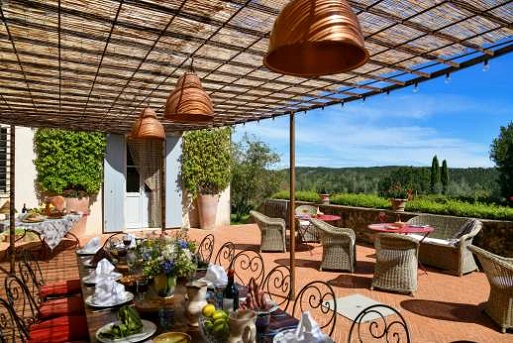
Chapter 5: Travel Tips — How to Navigate Tuscan Bars Like a Local
✅ Do’s:
Stand at the bar if you want authentic pricing. Sitting at a table adds €1–€2.
Say “Un caffè, per favore” — that’s espresso. Don’t say “coffee.”
Never ask for “a latte” — you’ll get a glass of milk. Say “Caffè latte” instead.
Order your coffee before noon if you want milk.
Tip gently — rounding up the bill is common. No need for 20%.
Take your time. Bar culture is slow. So should you be.
❌ Don’ts:
Don’t order cappuccino after 11 a.m. (Seriously.)
Don’t ask for “to-go” coffee in a plastic cup — most bars don’t do it.
Don’t expect Wi-Fi everywhere — many bars still use landlines.
Don’t rush. If someone’s chatting with the barista, wait. You’re not in a hurry — you’re in Tuscany.
Tech Tip: Download “Bar Italia” app (available in Italian/English). It maps authentic bars across Tuscany with reviews from locals, including which ones have the best gelato or cheapest spritz.
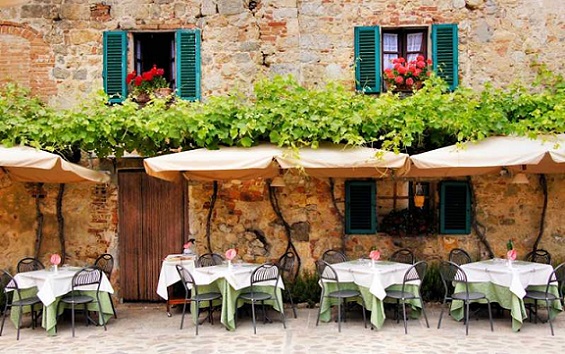
Chapter 6: Historical Footnotes & Literary Love Letters
Anthony Capella’s “The Food of Love” — The Bar as Alchemist
As you mentioned, Capella’s novel beautifully captures the obsessive devotion to coffee. The protagonist, a Roman barista named Giovanni, disassembles his van to scavenge parts for his espresso machine, a metaphor for how Italians treat coffee: not as fuel, but as sacred technology.
In real life, this isn’t fiction. In Florence’s Caffè Gilli, baristas train for 3 years. At Bar Pasticceria Marchi in Lucca, the head barista once spent six months testing 47 different beans to create a single blend, now called “L’Anima di Lucca.”
The Bar as Cultural Archive
Many Tuscan bars display vintage photographs, old postcards, or handwritten letters from patrons. In Bar La Fenice – Arezzo, there’s a framed letter from 1952:
“Dear Signor Aldo, thank you for the espresso and the story. I will return tomorrow. — A soldier from Sicily, passing through.”
These bars are museums of memory.
Music in the Bar
In the 1960s, Tuscan bars played jazz and bossa nova. Today, you’ll hear everything from Ennio Morricone to indie folk. Some bars host live acoustic nights, especially in Montepulciano and Pienza. Ask if there’s a “Caffè Letterario”, literary café night, where poets read under string lights.
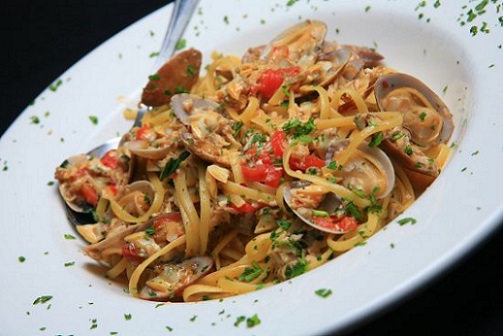
Chapter 7: Seasonal Guide — When to Visit & What to Expect
Spring brings blossoms outside and fresh herbs inside, perfect for sipping lemon granita, mint-infused espresso, or indulging in strawberry crostata. Summer stretches into long evenings with spritz hour lasting until midnight, best enjoyed with peach gelato, chilled Prosecco, and a tomato & basil panini.
As autumn arrives, truffle season begins, calling for wild mushroom risotto panini paired with vin santo and cantucci. Winter wraps the space in cozy corners and crackling fireplaces, where hot chocolate spiked with grappa, mulled wine, and rich chestnut cake offer warm comfort.
Christmas Special: Many bars serve “Panforte”, dense, spiced fruitcake from Siena, with a shot of Amaretto. Eat it with your fingers. Messy? Yes. Divine? Absolutely.
Chapter 8: Off-the-Grid Activities — Turn Your Bar Visit Into an Adventure
Coffee Tasting Tour in Chianti
Join a “Barista Walk” in Greve in Chianti. Sample 5 different espresso blends from local roasters, paired with regional biscuits. Learn how altitude and soil affect bean flavor.
Bar Cooking Class in Lucca
At Bar La Bottega di Lucca, learn to make tramezzini from scratch, how to select the bread, whip the pesto, layer the fillings. Then enjoy your creations with a glass of Vernaccia.
The Bar Passport Challenge
Get a “Bar Pass” from the Tuscan Tourism Board (ask at any info center). Visit 10 designated bars, collect stamps, and receive a handmade ceramic espresso cup as a souvenir.
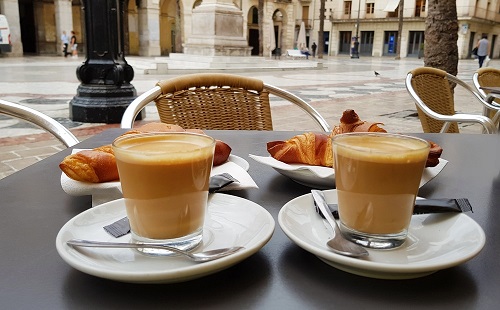
Midnight Bar Hopping in San Miniato
On full moon nights, three historic bars open their back rooms for “Aperitivo al Castello”, drinks served among ancient stone arches, accompanied by lute music and candlelight.
Photography Tip: Shoot the barista’s hands. The way they tamp the coffee, the precision of the pour, the flick of the spoon, it’s performance art.
Conclusion: The Bar as Soul of Tuscany
To understand Tuscany, don’t just visit its vineyards, cathedrals, or hilltop villages.
Sit at a bar.
Watch the elderly man kiss the barista’s cheek as he orders his daily espresso.
Listen to the teenage girl laugh as she shares a gelato with her grandmother.
Feel the warmth of the morning sun on your shoulders as you sip your first caffeinated moment of the day.
This is not tourism.
This is living.
The Tuscan bar is where history drips from the espresso machine, where love is served in small cups, and where the soul of Italy, quiet, proud, and deeply human, finds its voice.
So next time you’re in Tuscany…
Skip the tour bus. Skip the crowded piazza.
Find the smallest bar on the narrowest lane.
Say “un caffè, per favore.”
And wait.
Because in Tuscany, the best things in life aren’t rushed.
They’re brewed.
Final Thought: A Quote from a Tuscan Nonna
“Il bar è la mia chiesa. Il caffè, la mia preghiera. E il pane, il mio pane quotidiano.”
“The bar is my church. Coffee, my prayer. And bread, my daily bread.”
Travel Resources:
Book: Tuscan Bar Culture: A Field Guide by Elena Ricci (2023)
Film: Bar Italia (short doc, 2021) — available on YouTube
Podcast: Slow Sips: Italy’s Bar Culture — Episode 4: “The Espresso and the Eternal”
Shop: Buy authentic Tuscan coffee beans from Caffè Kaffe in Florence, roast date printed on bag. Always.
Ready to explore?
Grab your passport. Pack your appetite.
And remember: In Tuscany, the best meal isn’t always on the menu.
Sometimes, it’s served on a small ceramic cup…
with a side of silence.
And a smile.
Salute.

Tuscany for the Curious Traveler: Art, Food, and Countryside
Tuscany is where fantasy comes to life and films find their backdrop. It is a region that stirs the senses, whether through the artistic mastery of Florence, the leaning wonder of Pisa, or the coastal charm of Livorno. Here, the aroma of vineyards and the taste of Chianti awaken a deep appreciation for the land. As one of Italy’s most celebrated regions, Tuscany draws those who seek inspiration: aspiring artists learning from the masters, designers influenced by its timeless style, and romantics reigniting passion amid its rolling hills and historic cities.
The Cities of Tuscany
Florence, the renowned capital of Tuscany, is an essential destination for art lovers. While its galleries and streets are filled with treasures, two institutions stand out for their iconic masterpieces.
The Uffizi Gallery, originally designed as government offices for the Tuscan administration, now occupies that same building. Its top floor is home to seminal works of the Renaissance, including Botticelli's "The Birth of Venus" and paintings by masters such as Michelangelo and Caravaggio.
No visit is complete without seeing Michelangelo's monumental sculpture "David." This masterpiece is displayed at the Galleria dell'Accademia, the oldest art academy in Florence, where visitors can witness its awe-inspiring presence.
Together, these sites form the core of an unparalleled artistic pilgrimage in the heart of Tuscany.
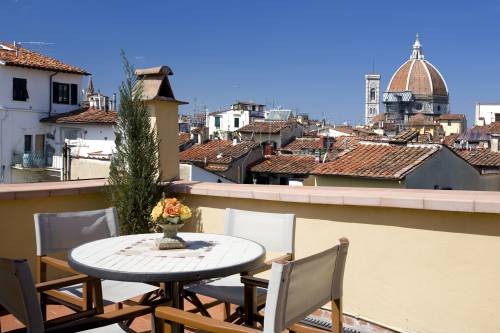
The Ponte Vecchio, whose name literally means “old bridge,” was first constructed in the 14th century. Having survived centuries of floods, conflicts, and the passage of time, it now hosts a series of renowned shops that showcase exquisite 18- and 24-karat gold jewelry and fine leather goods.
Chianti is celebrated for its world-renowned wines. Visitors to Tuscany can savor these exceptional vintages while immersed in the region’s picturesque countryside.
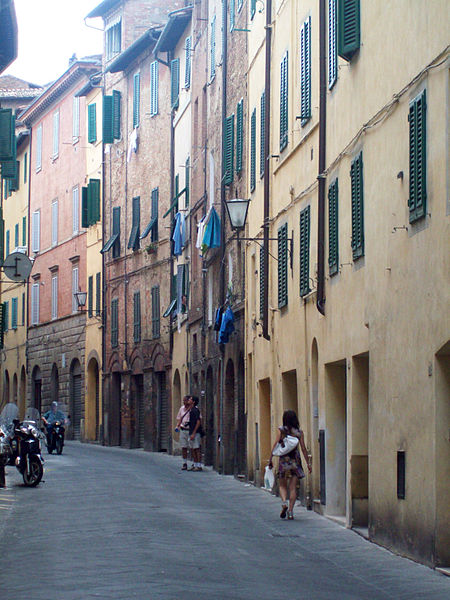
Siena, also located in the Chianti region houses a gothic cathedral and paintings by medieval masters, Duccio and Simone Martini. The Renaissance and Etruscan history are evident in each landmark of the region.
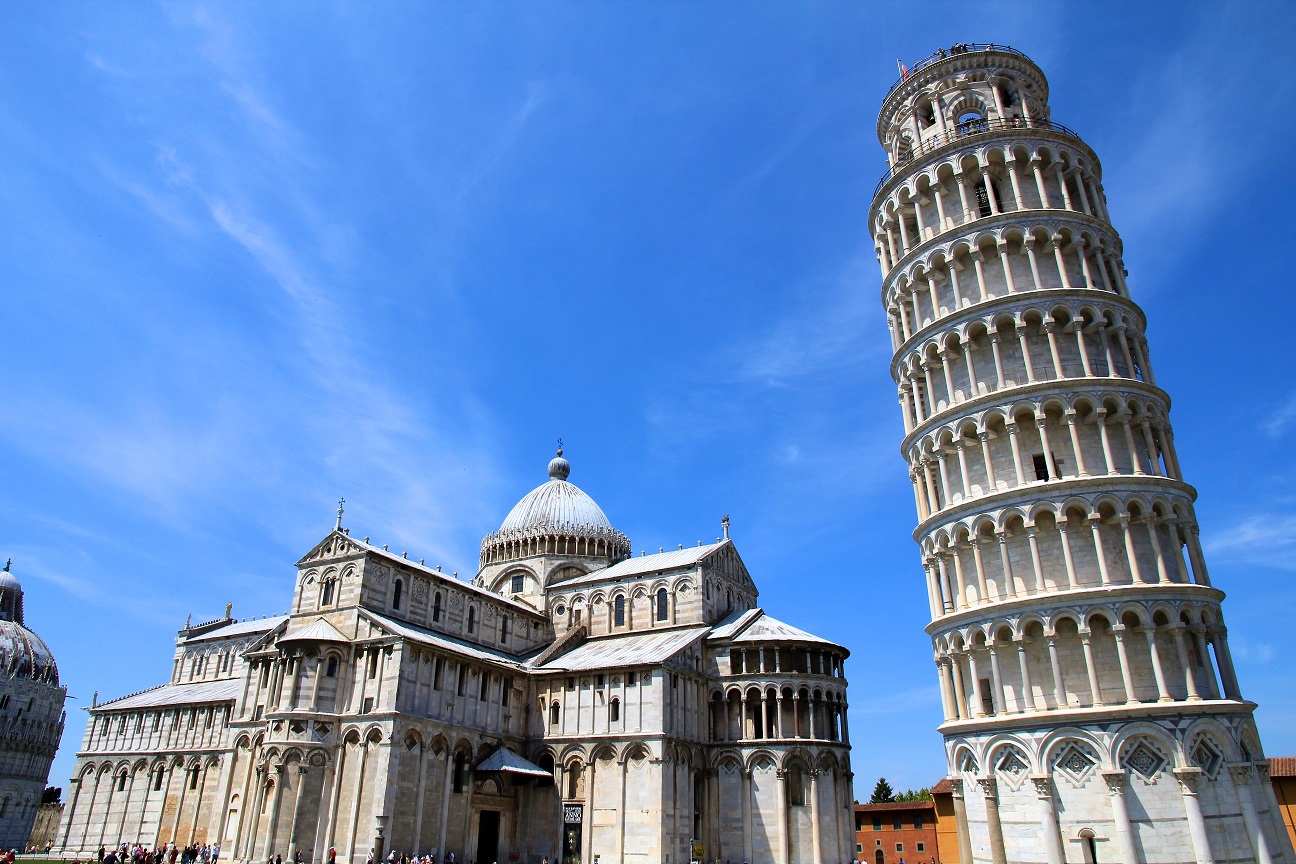
Pisa is best known for the Leaning Tower whose construction began in the 12th century, but started sinking into the ground after only 3 stories were completed. It stood this way for 90 years and was finally completed by the son of Andreo Pisano, Tommano Simone and Giovanni de Simone almost 200 years after it was started.
Hillsides and Waysides Part of the beauty and mystique of Tuscany is its countryside. The rolling hills that slope down to the coast are dotted with vineyards and villas. There are working farms and vacation villas suitable for the most adventurous tourists or those who demand first class accommodations. Tuscany car rentals allow tourists to explore each tiny village at their own pace and on their own schedule.
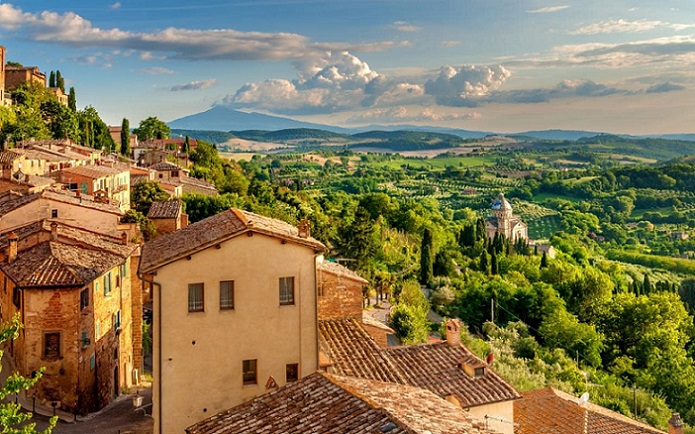
The Heart of Commerce Emerging as a real business center, Tuscany is home to thriving businesses in the furniture, leather, fashion, and manufacturing industries. These businesses keep the region in the 21st century while the people and culture keep one foot in the past. If romance, tradition and culture are your idea of an ideal vacation, then Tuscany is for you. On the other hand if shopping and the fast pace of a thriving city are your style then you will also find it in the Tuscany region.
A Florence Accommodation To Remember
Barcelona's 5 Most Expensive Hotels
Tweet
Follow @Charlesfrize


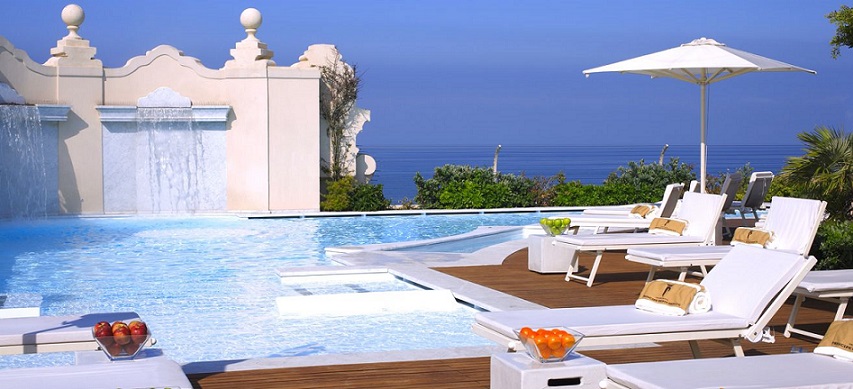
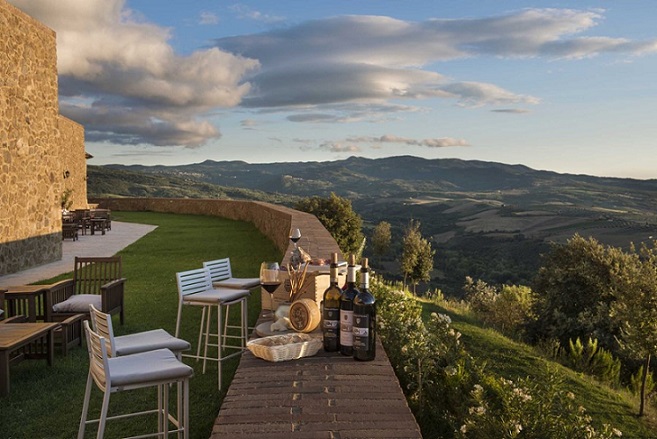






New! Comments
Have your say about what you just read! Leave a comment in the box below.